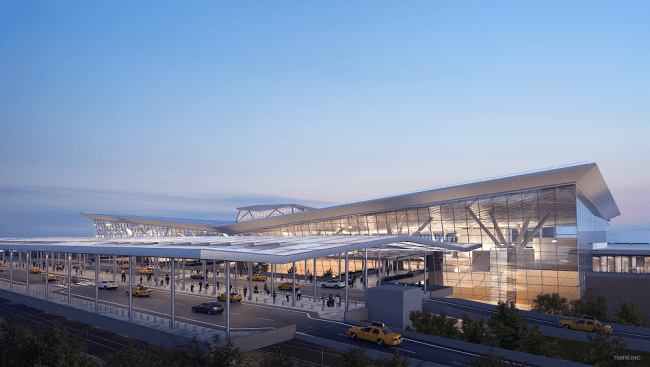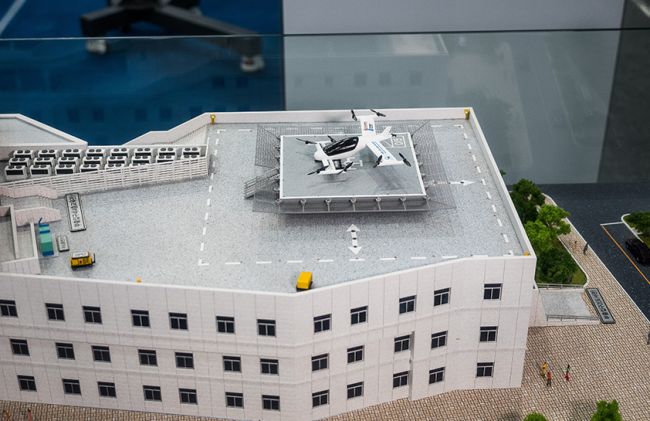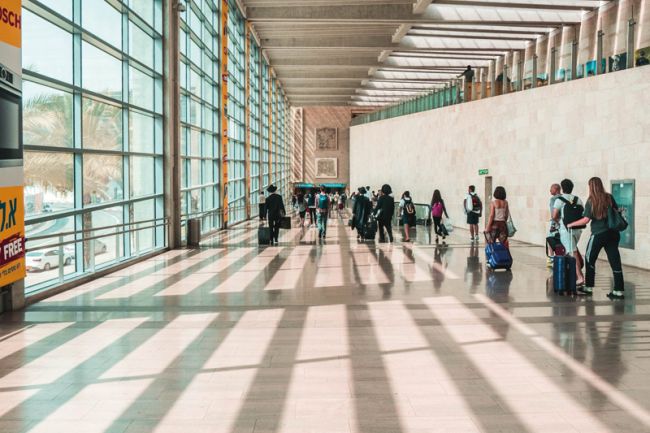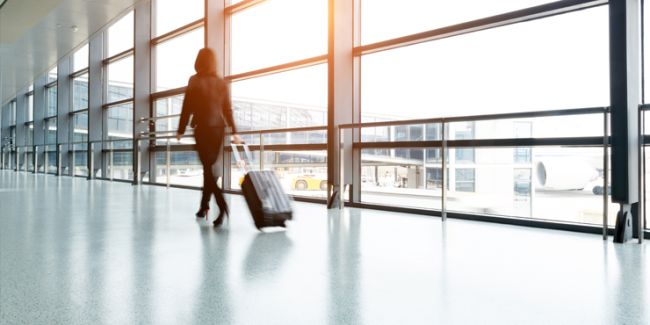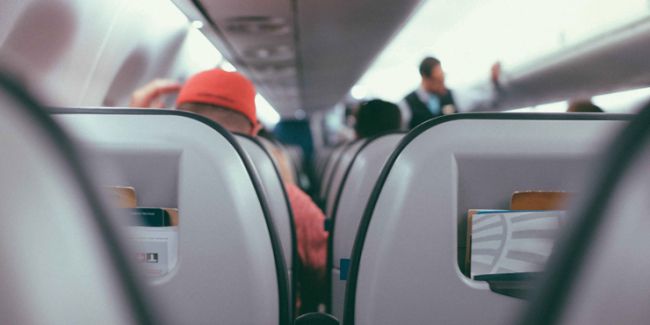The future of US aviation policy series: The public to the rescue, but for how long?
COVID-19 continues to pose an existential threat to aviation globally and to the U.S industry.

COVID-19 continues to pose an existential threat to aviation globally and to the U.S industry. Less discussed, is that it has also brought forward questions about the sustainability of funding and today’s support of key parts of the system, including air traffic control and airports. Over the next few months, Steer will be discussing these issues and posing alternatives to address them. Now is the time to begin consideration of reforms that will help expedite recovery and return aviation to its important role of driving economic growth as well as connecting people and businesses to national and global markets.
During these unprecedented five-plus months of misery for the aviation industry, the public nature of the U.S. aviation system has arguably worked to the advantage of agencies, users, airlines and airports; policymakers have tapped billions in general fund dollars to provide record levels of relief to aviation’s principal stakeholders. This is in stark contrast to almost all other nations where relief has either been limited or unavailable (as I write during the congressional recess, there remains an additional opportunity for aviation stakeholders to receive additional financial support).
The reason for these differences is that many other nations over the last three decades have removed their aviation service providers from public operation and control. Nations, including Canada and the United Kingdom, have created various forms of commercial entities, including Air Navigation Service Providers (ANSPs), handling their nation’s commercial and private air traffic; whether non-profit or private entities, these ANSPs operate on the principle of cost-recovery, charging users for services and investing in the capital and operational resources required to provide these services.
In addition, many of the same nations, including the nations within the European Community, have financially deregulated airports, giving them rate-setting authority for passenger service charges (the equivalent of our Passenger Facility Charge PFC) and more freedom on aeronautical rate-setting. With these commercial principles, these nations have effectively eliminated public responsibility for capital funding, encouraging private/commercial ownership, operation and control of airports.
The United States, in contrast, remains a public system—the FAA owns and operates air traffic control, and the overwhelming majority of airports are operated by state and local governments. Airports work within a tightly circumscribed set of economic regulations in exchange for capital funding provided by the Airport Improvement Program (AIP), which allocates funding for airports of all sizes--from those that serve general aviation and private users to the busiest commercial service airports. Even with the U.S. airlines, which have been ostensibly deregulated for over 40 years, the federal government has stepped in to provide billions of dollars of assistance after the 9/11 attacks and during the COVID-19 pandemic, in ways that their global counterparts can only envy.
The U.S. FAA programs have been funded by the Airport and Airway Trust Fund (AATF), which derives its revenues from taxes and fees assessed on system users, and on average about 20% of taxpayer funding--although in recent years it has varied considerably around that average. With the passage of the CARES Act, Congress suspended those taxes and fees, which now means that the AATF is not being replenished and, with a recent drawdown of its uncommitted balance, does not have the support for its future obligations, including for air traffic capital and operations as well as for AIP.
Going forward, it is unlikely that taxpayers will continue to fully underwrite the over $15 billion annual public cost of aviation; as the economy recovers, the federal government will likely return to fiscal discipline, something understandably absent during the recent crisis. Several choices emerge:
- Status Quo: If the AATF is to play the historic role it has in supporting air traffic and airports, the taxes and fees must be re-imposed soon in order to begin rebuilding a balance to drawdown annual system costs. Undoubtedly, airlines, general aviation and cargo aviation will oppose early return of the taxes and fees, worried that they could discourage or burden their operations as they are beginning their recoveries.
- Reform of the Public System: Policymakers could consider reforming the taxes and fees, attempting to apportion the costs of funding the system to future users of the system; a thorough examination of the fairness, adequacy and economic effects of the AATF taxes and fees has not occurred in decades (the reason it hasn’t, of course, is that the politics are very challenging, even though allocating costs is pretty straightforward).
- Reallocate Roles and Deregulate: Another alternative would be for policymakers to change how services are provided, including a commercial ANSP and deregulated airports. Public contributions could remain for those services that cannot fully pay for themselves, including remote and rural community air service as well as lifesaving and safety services.
- Other Approaches? While we are listening, we are eager to hear new alternatives offered by those in the industry.
We will tackle these alternatives in our next article.

